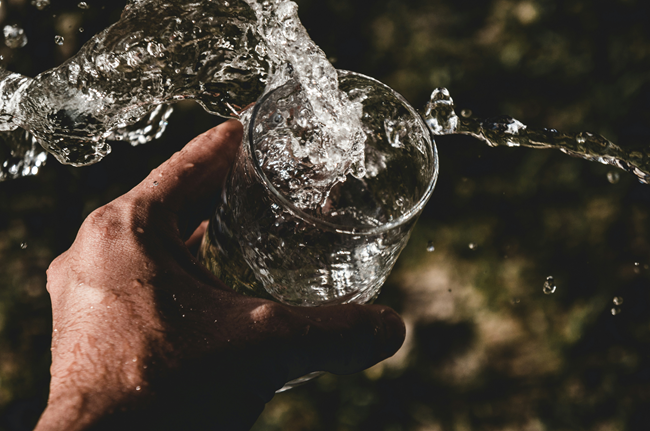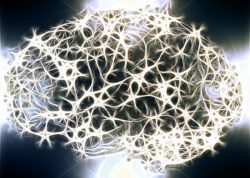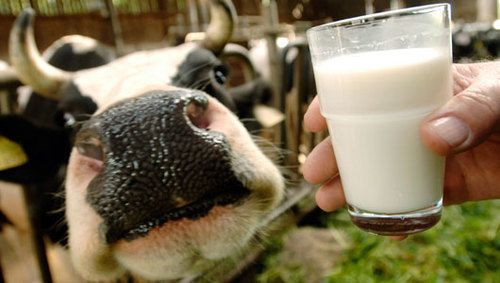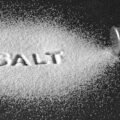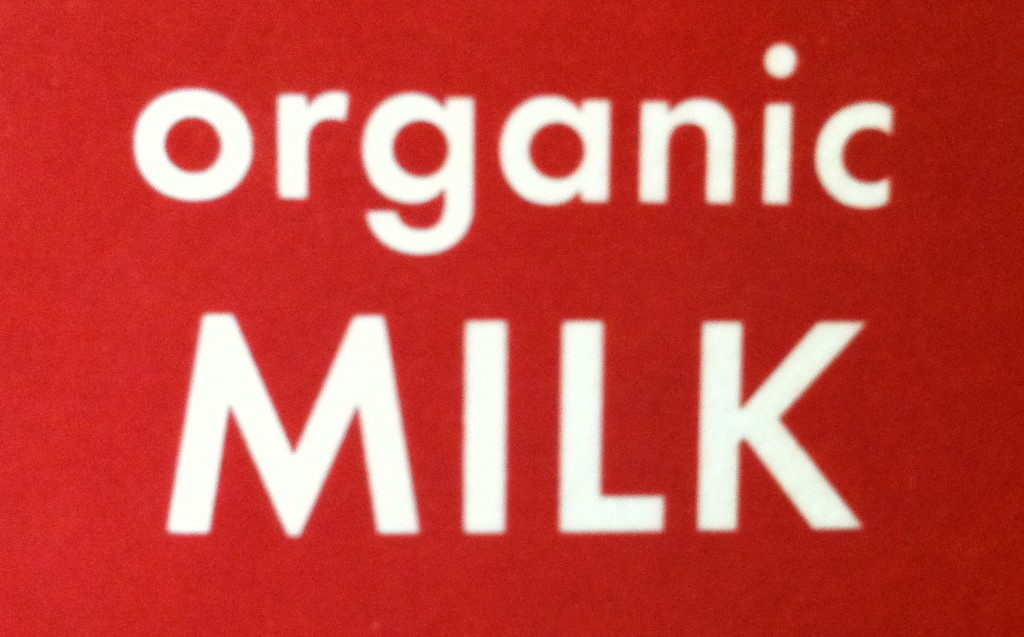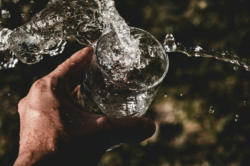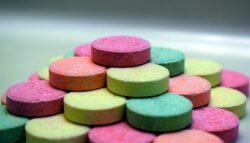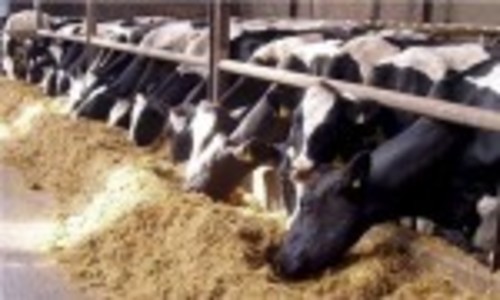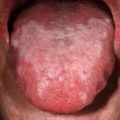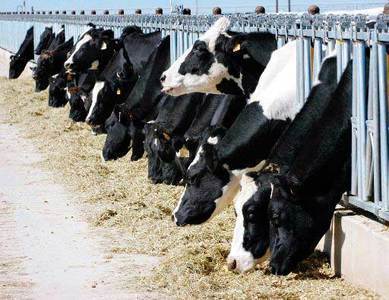Most of us equate the expression “hydrate extra” with drinking more water but – unfortunately – this is incorrect. In any online dictionary “to hydrate” means to create “…a substance that is formed when water combines with another substance…” In other words, water alone is not a hydrating fluid but it must be combined with something to become one. We do not have water in our body on its own; we have a substance we call electrolyte. I wrote substantially on the topic of hydration, mixing water with minerals, as part of the protocol that prevents migraines. However, a new problem has surfaced: when to drink water? Several articles have recently published water drinking instructions on the internet. Most of these articles consider it bad practice to drink water when one is not thirsty and recommend drinking water only when thirsty. There are several serious flaws with this argument.
Sweat
The first flaw is that most research is aimed at athletes, but athletes are not representative of the majority of the population. Furthermore, athletes should not be drinking “water” to hydrate. Drinking water cannot be absorbed by cells without adequate sodium to hold onto it. When athletes sweat, the content of sweat is not water but electrolyte. Many sports drinks aim at re-hydrating athletes but their problem is their sugar or sugar substitute content, defeating the purpose — see how much sports drink one needs to drink to make up the content of sweat for an athlete. Then add up the sugar in a typical sports drink: 1 teaspoon of sugar is 4 grams of carbs. An average serving of a typical sports drink provides between 14 grams to 54 grams of carbs, all sugar, which converts to 3.5 to 13.5 teaspoons of sugar per serving. Drinking sugar substitutes is even worse because sugar substitutes fool the body like it is receiving glucose so insulin spikes but there is no glucose. This creates insulin overflow in the blood causing you to become hungry! Sugar substitutes may lead to obesity and metabolic syndrome. Drinking sports drinks with sugar substitutes actually reduces muscle energy.
Moreover, anything that converts to glucose in the body removes both water and sodium from the cells1 so drinking/eating sugar with sodium (salt is the form in which sodium is available to us) and water is worse than not drinking anything at all. Many athletes have smartened up and drink pickle brine rather than water. Pickle brine is great, assuming the brine is of salt and water and not vinegar. Vinegar is fermented ethanol (alcohol). Thus, drinking vinegar-processed pickles will dehydrate further. Look for pickles made with salt rather than vinegar.
Best Hydrating Fluid
Whole milk is an ideal hydrating fluid because it has a perfect electrolyte balance in sodium, potassium, water, blood sugar (lactose), calcium, phosphorus, magnesium, and protein. Whole milk is THE perfect electrolyte. Some athletes drink water and take salt pills (also called electrolyte pills). That is also a great option, particularly since they are easy to carry around and take when needed.
The second flaw in the argument of “drink water when thirsty” is that many people feel thirst after eating sugar when it is the least advisable to drink water. Since about half of sugar converts to glucose, and glucose pulls water and sodium out of the cells1, if one is thirsty after eating sugar and drinks water, the metabolic process will remove more water from the cells. This can cause edema. Although most articles today blame salt for causing edema, the opposite is true.
While sodium retains water inside the cell, glucose removes water and sodium from the cell and forces the water to be retained in extracellular space2. Eating salt when one has edema reduces edema by the sodium bringing water back into the cell. This was easily demonstrated by a previous article showing how this works.
The problem with most studies that blame salt on retaining water is that no studies have ever controlled for both salt and sugar at the same time in the same experiment. All studies I could find only looked at the effects of salt on the body regardless of the amount of sugar, water, or protein the subjects had consumed before the experiment. Since the body can easily be tipped out of balance and is never in a vacuum for a pristine controlled experiment, one cannot say with certainty that one element makes a particular change without looking at what else is affecting the body. No such studies exist except in my migraine group where we control for all variables. We found that being thirsty often means the person does not have enough salt to keep water where it belongs3. A migraineur should never drink water when she is thirsty, particularly not if carbohydrates were consumed.
The final problem with only drinking water when thirsty is the population of people who have diabetes 2; they are always thirsty. Being thirsty can be a sign of diabetes mellitus and not the need for more water.
Should You Wait Until You Are Thirsty Before You Drink?
Absolutely not, and for sure drinking water alone will not get you hydrated. How much water you should drink is a question I will address in another article. Drinking the minimum 8 glasses of water is a myth; people vary in size, age, and activity, implying that each person needs a different amount of water. Many online water calculators go into detail of weight, climate, activity, altitude, your health, pregnancy, nursing, etc. For each person the amount of water and thus hydration needed (not just water) will differ and for that hydration level you need to make sure you drink adequate amounts of water as part of your hydration protocol.
Sources
- Longo DL, Fauci AS, Kasper DL, Hauser SL, Jameson JL, Loscalzo J. Harrison’s Manual of Medicine 18th Edition. New York: McGraw Hill Medical; 2013.
- Millar T. Biochemistry Explained: A Practical Guide to Learning Biochemistry. Vol reprint edition: CRC Press; 2002.
- Stanton, Angela A. Fighting The Migraine Epidemic: A Complete Guide: How To Treat & Prevent Migraines Without Medicine
We Need Your Help
More people than ever are reading Hormones Matter, a testament to the need for independent voices in health and medicine. We are not funded and accept limited advertising. Unlike many health sites, we don’t force you to purchase a subscription. We believe health information should be open to all. If you read Hormones Matter, and like it, please help support it. Contribute now.
Yes, I would like to support Hormones Matter.
